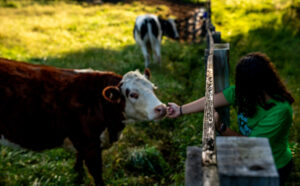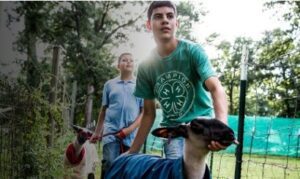At 4‑H, we are proud to partner with DCF for the third year to empower urban youth in key market areas to explore nature and the outdoors through the 4‑H Connecting Youth to Nature program. Currently, we are working in California, Connecticut, Florida, Hawaii, New York, North Carolina, South Carolina, and Texas. These urban youth explore how organisms interact with the environment and learn how to address environmental issues, such as air and water quality, and how to sustain the ecology.
This initiative gives youth who rarely get the opportunity to spend time outdoors access to local, hands-on, outdoor nature experiences and projects. Not only does it help kids feel a connection with natural world, but it gives them the skills and experience they need to help make an impact in their communities.
Last year, 4‑H Connecting Youth to Nature programs exposed more than 13,000 youth, families and volunteers to the joys of nature and the outdoors. Through camps, field trips, afterschool programs, in-school projects, and teen-led enrichment programs, urban youth experience nature first-hand in order to gain a greater appreciation for the ecosystems and nature surrounding their communities.
Some kids are quick to say they do not like the outdoors. Others struggle to give up their phone to explore nature. But nearly all the kids who experience nature through 4‑H discover a passion for being outdoors in nature, regardless of perceived interest. 4‑H Connecting Youth to Nature helps kids discover the outdoors in a number of ways—from community cleanup efforts to planting native plants, and from removing invasive species to assessing habitat quality. For example, in Anaheim 4‑H helped urban youth grow milkweed plants in green houses as well as maintain bug hotels and bird houses. In New York City, 4‑H introduced youth to city parks where they planted flower bulbs and cared for trees in their own neighborhoods. In Oahu, 4‑H’ers learned how recycling preserves the state’s natural resources and pristine environment.
















